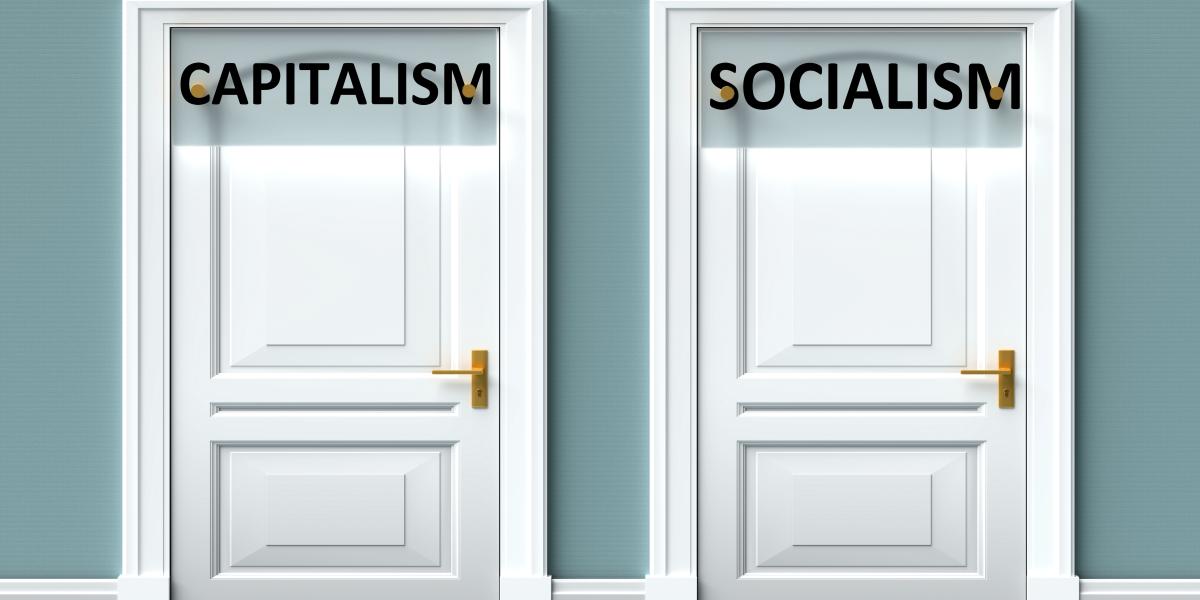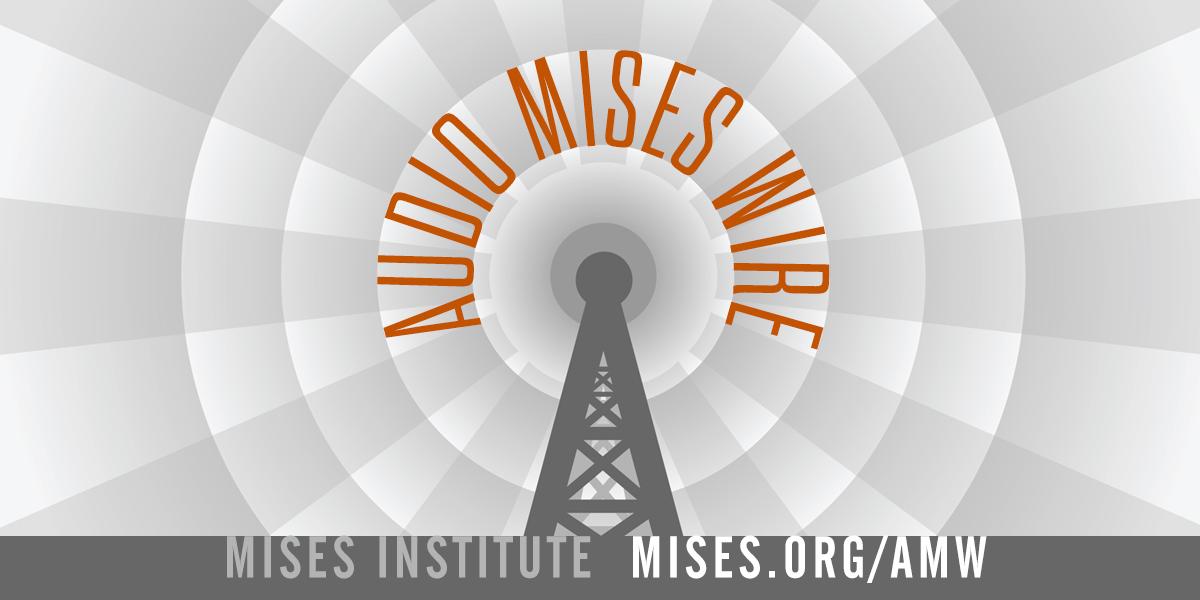Victim or Villain?
So far, 2025 has been anything from dull. The incoming president has been sentenced for 34 felony counts, California is facing some of the most severe wildfires in American history, and the Republican side of the aisle is discussing buying Greenland and making Canada the 51st state. Yes, this year is certainly setting itself up—for … Read more






